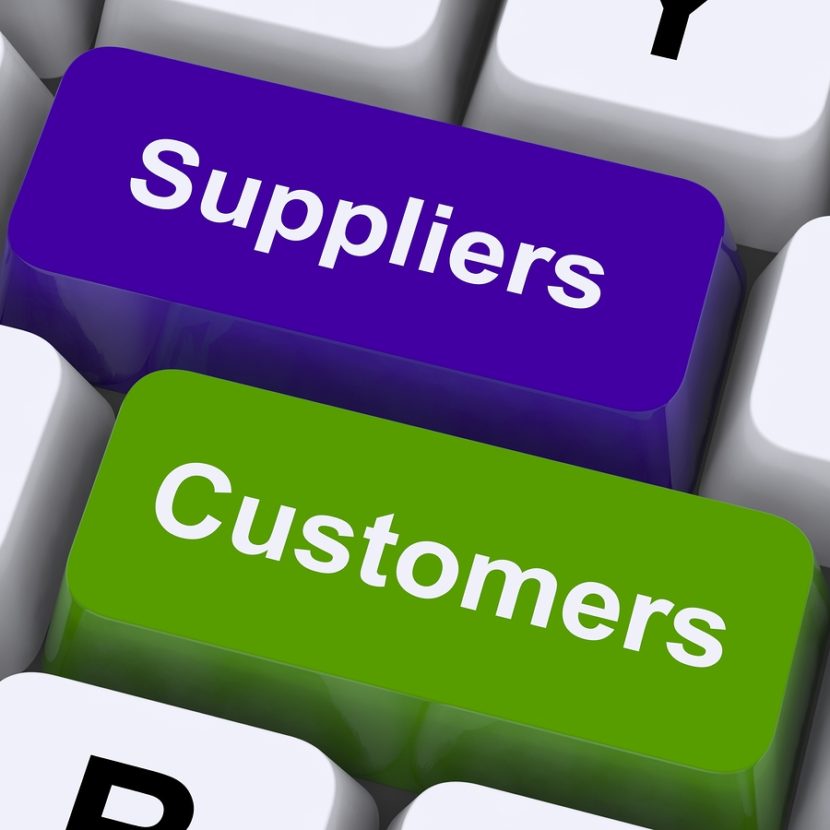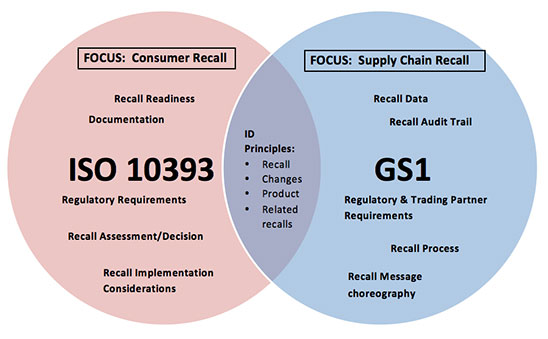Supplier Compliance Automation
By Barbara Levin
In the food safety and quality world, supplier compliance – and managing approved supplier/vendor programs – has become increasingly challenging. The reasons for this are many, including the growing complexities of a global food supply chain; ever-changing regulatory third- party and customer compliance specifications; difficulty in tracking the mounds of supplier paperwork; accessibility of supplier food safety and quality assurance (FSQA) documents and test results – which are often in many different formats and locations – for audits and performance trending; and, last but not least, the trend of customers wanting more transparency for the products they sell in their grocery stores or serve in their restaurants.
And these challenges are of course not limited to those who work with suppliers – “suppliers are people too!” They’re challenged with having to communicate accurate, timely information that is typically different for every one of their customers, and with keeping up with continuously changing specifications.
But today, we’re seeing more and more participants in a food supply chain adopt technology that creates a “safety chain” – automating many FSQA functions including supplier compliance at all points in the supply chain – and facilitating upstream/downstream transparency.
How Supplier Compliance is Automated in a Safety Chain
There are six key steps to Supplier Compliance automation:
- In some high risk areas – such as produce – a producer/manufacturer may decide to assess safety prior to a Certificate of Analysis (COA) or other safety/quality documentation being sent by the supplier. In these pre-harvest scenarios, biologists or other FSQA staff might go to the farm/field and do assessments at the source – sending the information on forms set up in mobile devices such as smart phones or tablets.
- Other documents required from suppliers – such as audit results, registrations, safety and quality test results and more are also sent electronically. Automatic notifications and reminders are set up to ensure documentation is received on time.
- Once documents are received they are electronically analyzed in realtime; some supplier compliance solutions include optical readers that can turn documents like PDFs into electronic data for analysis. When deviations are detected, such as an out of spec quality attribute or safety standard, the supplier compliance solution sends out realtime alerts to key stakeholders so that corrective actions can be taken before a non-compliant ingredient, for example, goes into production.
- All documents, test results and proof of corrective actions then get an unalterable time/date stamp and are electronically filed in a single, central repository of FSQA.
- For in-spec ingredients/raw materials and other products that are going on to the next point in the supply chain, COAs are automatically generated.
- The repository of data is then easily accessed – anywhere, anytime, on any device with a web-browser, and by those with the proper security credentials – for “on demand” performance trending, supplier score-carding, and of course regulatory third-party customer and internal audits.
The result is transparency, compliance and prevention.
Return on Investment
There are four key areas in which companies deploying supplier compliance automation solutions can realize ROI:
-
-
- Vendor programs: supplier compliance solutions help eliminate manual processes; automate and maintain a current documents library for supplier/vendor approvals; track document expiration dates; and pro-actively automate notifications to suppliers prior to expiration.
- Compliance: these types of solutions help keep non-compliant materials out of production by analyzing test results in realtime; issuing alerts, also in realtime, when deviations are found; automating COAs when results pass; and ensuring all data is easily accessible for audit readiness.
- Trending and analysis: supplier compliance solutions promote analysis where vendors are providing the highest quality at the best cost, and creating effective supplier scorecards for future vendor program decisions.
- For suppliers: let’s not forget about the suppliers! These solutions make it easier and more efficient to work with their customers providing the ability to automatically track all specs; send information in the format they’re used to (for solutions that can turn print data into electronic data, through for example, optical readers); and perform rapid FSQA root cause analysis for fast response to customer complaints.
-
What to Look For in a Supplier Compliance Automation Solution
If you’re thinking about implementing a supplier compliance solution there are many factors to consider. Here are just a few things to think about:
-
- Is the solution web-based so that it is easily accessed by all suppliers anywhere in the world?
-
- Can it easily integrate with other solutions you’ve already invested in?
-
- Does it analyze data in realtime?
-
- Can it issue alerts when something is out-of-spec?
-
- Does it have automated notifications to prevent tests from being late or documents from expiring?
-
- If you are working with global suppliers, is the solution global both in terms of access and language?
-
- Is it flexible in the formats in which suppliers can send their documentation?
-
- Can it translate non-electronic supplier information into electronic data?
Whatever solution you choose, supplier compliance management is a great place to start for companies who understand the benefits of transforming FSQA operations through automation.
About the Author
Barbara Levin is the Senior Vice President of Marketing and a co-founder of SafetyChain Software, a leading vendor of food safety chain management solutions. Barbara is a frequent author and speaker on the strategic use of emerging FSQA technologies in business initiatives. For more information on SafetyChain FSQA solutions, please visit www.safetychain.com
To have more articles like this emailed to your inbox, become a GFSR Member today!

-
 FeaturedRisk management
The Cost of a Breach: What a Cyberattack Could Mean for Food Safety Recalls
FeaturedRisk management
The Cost of a Breach: What a Cyberattack Could Mean for Food Safety Recalls
-
 FeaturedRisk management
Securing the Food Chain: How ISO/IEC 27001 Strengthens Cybersecurity
FeaturedRisk management
Securing the Food Chain: How ISO/IEC 27001 Strengthens Cybersecurity
-
 FeaturedRisk management
Revolutionizing Food Safety Training: Breaking Out of the “Check-the-Box” Mentality
FeaturedRisk management
Revolutionizing Food Safety Training: Breaking Out of the “Check-the-Box” Mentality
-
 GFSI Standards
GFSI 2025: Building Trust, Tech-Forward Solutions, and Global Unity in Food Safety
GFSI Standards
GFSI 2025: Building Trust, Tech-Forward Solutions, and Global Unity in Food Safety
-
 FeaturedFood Safety
Integrated Pest Management: Strategies to Protect Your Brand’s Reputation
FeaturedFood Safety
Integrated Pest Management: Strategies to Protect Your Brand’s Reputation
-
 FeaturedFood Safety Culture & Training
No Open Door Policy: Challenges That Impact Pest Control in Food Processing Plants
FeaturedFood Safety Culture & Training
No Open Door Policy: Challenges That Impact Pest Control in Food Processing Plants



